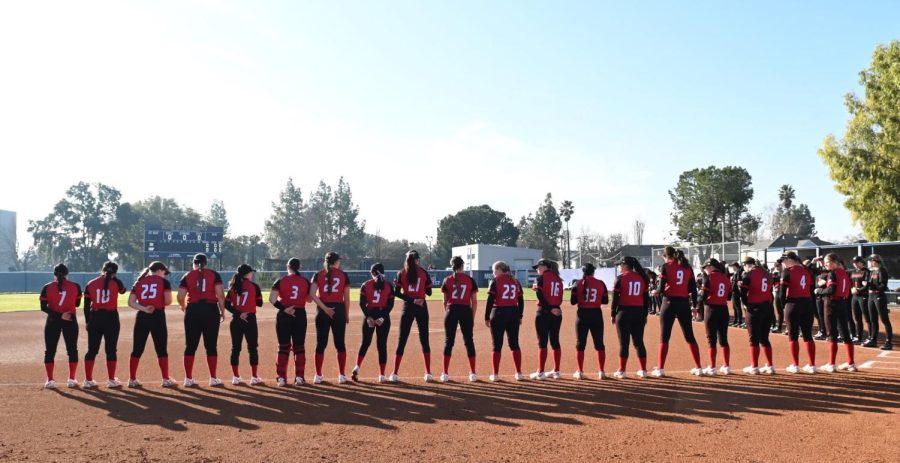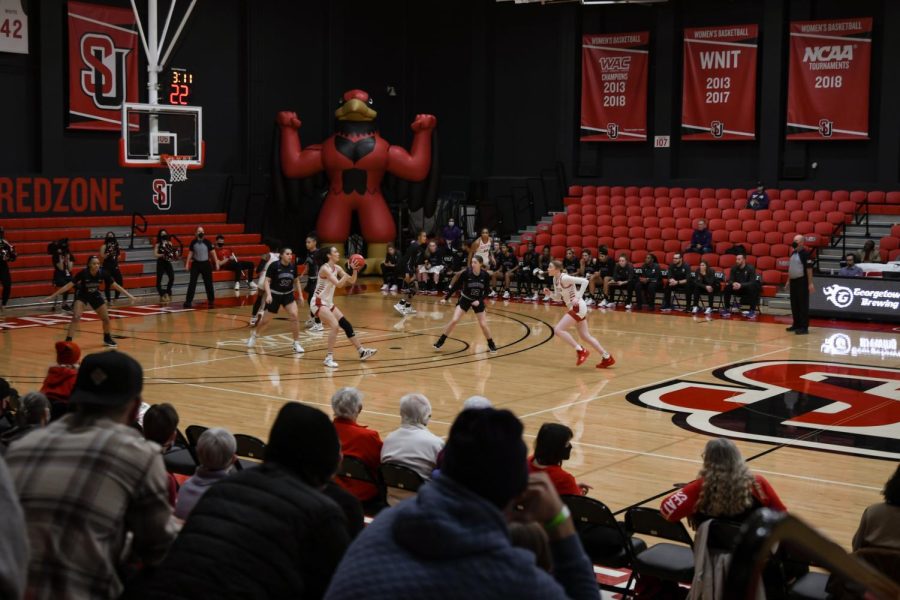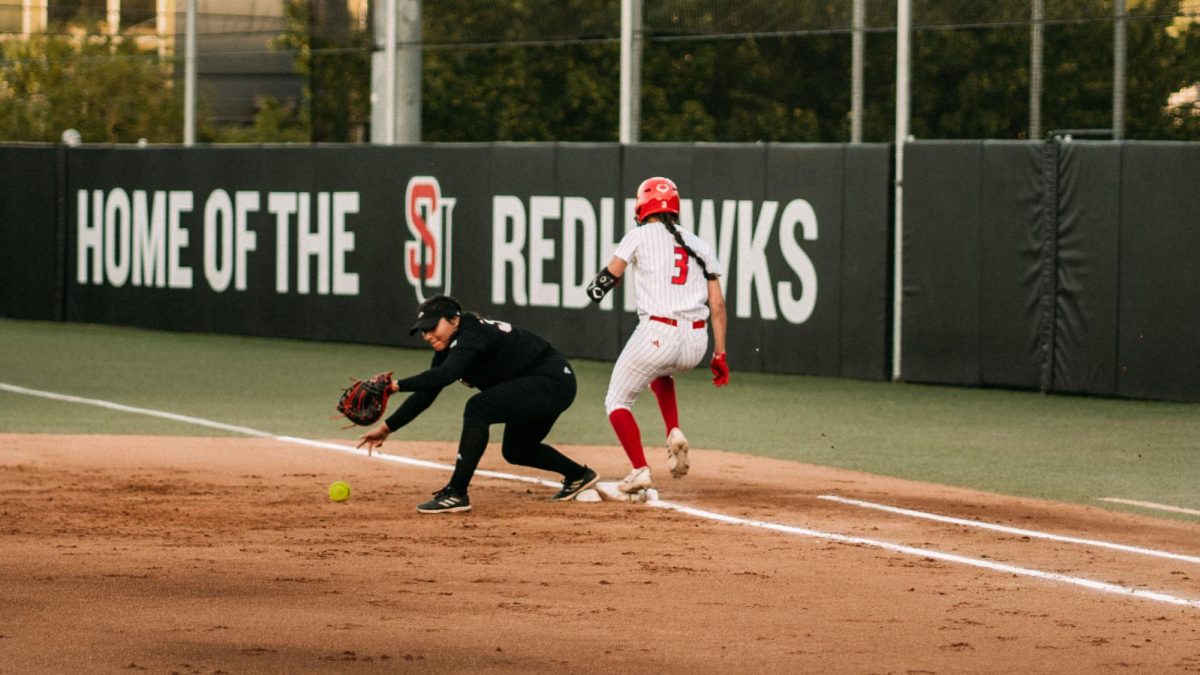15 years into their second run as an NCAA Division I school, Seattle University is navigating a new competitive landscape and attempting to fund sports as aggressively as possible. And for each sport, that process can look very different.
Shaney Fink has been Seattle U’s athletic director since late 2016. One of her main responsibilities is overseeing how funds are allocated in the athletic department, which means sorting through multiple streams of external revenue to ensure that funds meet each sport’s needs. According to Fink, external revenue comes from the NCAA distribution system, the university’s funding for athletic programs and donations. This money comes with strict regulations.
“We have NCAA rules that govern some of where our funding is, we have Title IX gender equity that dictates where our funding goes… so there are definitely some parameters that kind of indicate where the funding will go,” Fink said.
Some of those regulations come in the form of sport requirements, as Seattle U’s identity as a Division I school is contingent on the institution offering a certain number of sports and scholarships. Some “head count” sports, like basketball, offer scholarships to a full roster of student-athletes, while “equivalency” sports, like swimming, are left to distribute funds between student-athletes, oftentimes offering partial scholarships.
In this tangled web of considerations, one misconception Fink addressed is the idea that the institution distributes funds by comparing sports to each other. Instead of distributing funds in this manner, Fink and the athletic department make funding decisions based on the needs of each team relative to their competitors. So, for example, the soccer teams will be funded on the basis of what they need to compete with other soccer teams, and the tennis teams will be funded to compete with other tennis programs, etc.
The way this practice appears can be jarring from an outside perspective though. Earlier this year, Seattle U Men’s Basketball posted a video on Instagram of the team using a private jet to travel, while other programs aren’t typically afforded that luxury. Fink clarified that other teams, like women’s basketball, have used chartered flights in the past. She asserted the travel methods aren’t for glamor, but rather functionality based on the demands of the sport and competition.
“It is not unusual for Division I teams who want to compete, this is the price of competition,” Fink said. “When you have these difficult flight legs, you really need to think about one, their performance on the court… but also getting back and being able to perform in the classroom.”
Fink also reiterated that the exposure men’s basketball brings for the school and the revenue they generate puts them in a position to make use of such resources.
As has been well-publicized, men’s basketball has been aggressively pursuing a spot in March Madness, while men’s and women’s soccer, as well as softball, are consistently contenders for Western Athletic Conference (WAC) titles. But head coach Joe Dykstra’s swim team, with limited scholarship offerings impeding their recruiting abilities, has more internal goals.
“[Our goal] first and foremost is aligned with the SU mission: personal development,” Dykstra said. “My primary goal is to see a 17-year-old kid walk in and a 21-year-old human walk out… that’s the most important part of this job.”
Seattle U Men’s Soccer head coach Nate Daligcon specified that there are real monetary considerations that come with competing at a high level. Scheduling high-profile matches with ranked teams can be costly, but a necessary cost. His team made the NCAA Tournament this season as an at-large team after losing in the WAC Tournament, something that was made possible by having a formidable schedule and high Ratings Percentage Index (RPI).
“The lucky thing for us is that Oregon State, Portland and Washington are all right here and those are always very good RPI games,” Daligcon said. “But we always have to go out and really look to play certain teams that will help our RPI as well.”
Fundraising is a major financial component for every team—characterized by Fink as having the ability to take a team’s financial resources “from a B to an A.” But how it’s practiced varies quite immensely depending on the team. How much a team receives in fundraising could be completely dictated by factors outside the team’s competitive goals, like donor willingness and exposure. Campus-wide fundraisers, like the upcoming SU Gives program, provide opportunities for every team to raise money.
Seattle U Swimming is bridging that B-to-A gap more directly, as they host paid swim lessons for community members. According to Dykstra, about half the money raised goes into the program and the other half goes directly to the student-athletes who serve as the instructors.
In the end, what Fink, Dykstra and Daligcon all agreed on is that however much funding a program has, they’re always going to want more. For Daligcon, making the most of what he has is something he takes pride in.
“A lot of it is just looking at what you can do with the resources you have,” Daligcon said. “You could have everything, but if you don’t have a relationship with the players and if you don’t have a good team culture, it doesn’t matter how much money you have.”
Nevertheless, as Seattle U continues to compete as a mid-major Division I program, funding will always be a competitive edge on the minds of coaches, athletes, and university administration.







![Josh Gibson Supplants Ty Cobb, Babe Ruth, as Baseball’s Best Hitter [OPINION]](https://seattlespectator.com/wp-content/uploads/2024/05/gettyimages-72075891-1200x675.jpg)









